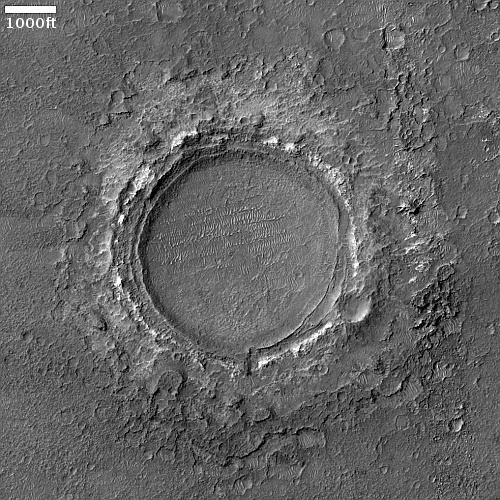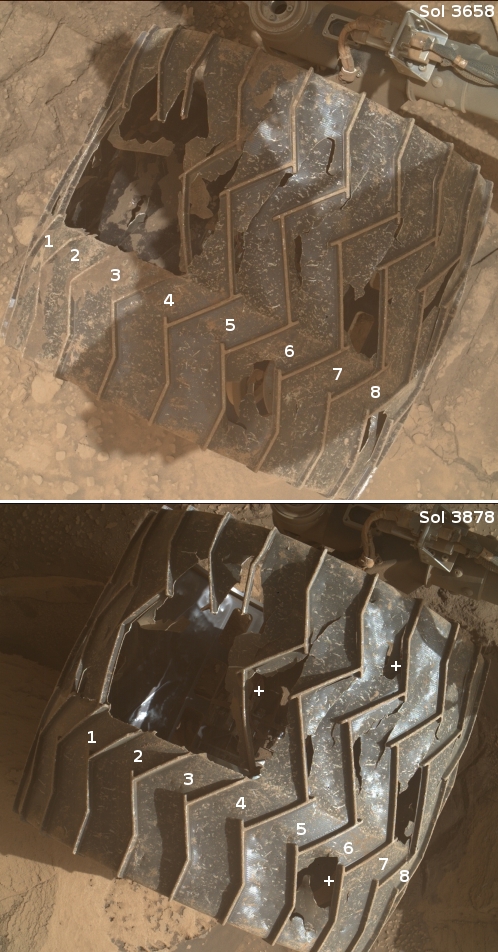New Australian government cancels $1.2 billion program to launch four government satellites
The new Australian Labor government has canceled a $1.2 billion program funded by the previous government to pay for four satellites to provide both civilian and military data from orbit.
The cut will primarily affect the NSMEO program, which was to have four satellites launched between 2028 and 2033 to give Australia a new stream of information from space. While the goal was primarily for civil use, maritime situational awareness data — crucial for keeping an eye on Australia’s sovereign waters — was also part of the project. Also, the weather and earth observation capabilities would have had clear military applications.
Instead the new government has decided to continue the previous policy of using the space capabilities of “its international partners.”
It is unclear whether this decision is good or bad. If the money was to be spent buying these satellites from new Australian satellite companies, it could have helped jump start that nation’s satellite industry. If the plan had instead been to have the government design and build the satellites, then it likely would have merely been a government jobs program that would have cost a lot and accomplished little. In the latter case the new government would thus be shutting down a wasteful program. In the former it prevents a new private industry from forming.
The new Australian Labor government has canceled a $1.2 billion program funded by the previous government to pay for four satellites to provide both civilian and military data from orbit.
The cut will primarily affect the NSMEO program, which was to have four satellites launched between 2028 and 2033 to give Australia a new stream of information from space. While the goal was primarily for civil use, maritime situational awareness data — crucial for keeping an eye on Australia’s sovereign waters — was also part of the project. Also, the weather and earth observation capabilities would have had clear military applications.
Instead the new government has decided to continue the previous policy of using the space capabilities of “its international partners.”
It is unclear whether this decision is good or bad. If the money was to be spent buying these satellites from new Australian satellite companies, it could have helped jump start that nation’s satellite industry. If the plan had instead been to have the government design and build the satellites, then it likely would have merely been a government jobs program that would have cost a lot and accomplished little. In the latter case the new government would thus be shutting down a wasteful program. In the former it prevents a new private industry from forming.










